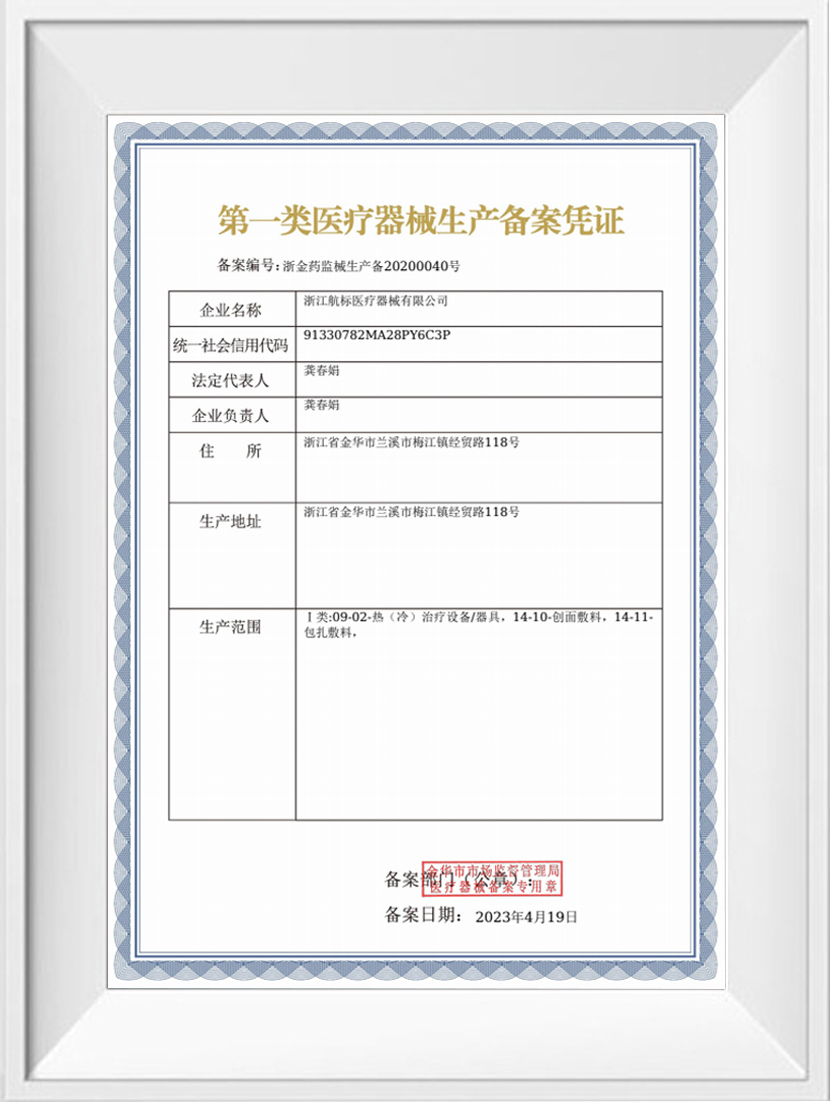How Silicone Scar Reducing Tape Works in Normal Conditions
Silicone Scar Reducing Tape is designed to adhere securely to the skin, creating a protective barrier that helps soften and flatten scars over time. The tape’s silicone material allows it to stick gently yet firmly, while also being breathable enough to prevent excessive moisture buildup under the patch. Under typical indoor or moderate outdoor conditions, users find that the tape stays in place for extended periods, often up to several days.

Impact of High Temperatures on Adhesion
During summer or in hot climates, elevated temperatures can affect the adhesive properties of many skin products, including Silicone Scar Reducing Tape. Heat can cause the adhesive to become less tacky, making it easier for the tape edges to lift. Additionally, higher temperatures often cause increased skin oils and sweat, which can create a slippery surface. This combination of factors poses a natural challenge to maintaining strong adhesion throughout the day.
Sweating and Its Effect on Tape Stability
Sweat is a significant factor that influences the tape’s ability to stay put. When the skin produces sweat, moisture accumulates between the tape and the skin, weakening the adhesive bond. Active individuals or those exposed to humid conditions may notice that the tape begins to peel or curl at the edges faster than usual. This can reduce the overall effectiveness of the Silicone Scar Reducing Tape, as consistent contact with the scar is necessary for suitable results.
Strategies to Improve Adhesion During Hot Weather
Despite these challenges, there are several ways to improve tape adhesion in hot and sweaty conditions. Applying the tape to clean, dry, and oil-free skin is crucial. Using a mild cleanser before application and avoiding lotions or oils can help the tape stick better. Some users also find that gently patting the skin with rubbing alcohol removes excess oils and moisture, further enhancing adhesion.
Choosing the Right Application Time and Area
Applying Silicone Scar Reducing Tape during cooler parts of the day, such as early morning or late evening, may reduce the risk of premature peeling caused by heat and sweat. Additionally, placing the tape on areas of the body that experience less friction and sweating, or where skin is less oily, can prolong its wear time during summer months.
Using Additional Adhesive Supports
For users who experience frequent tape loosening due to sweat, adding a medical adhesive spray or using skin-friendly adhesive primers can improve bonding strength. These products are designed to increase tackiness without irritating the skin. However, it is essential to test any additional adhesives on a small skin patch to ensure compatibility and avoid allergic reactions.
Choosing High-Quality Silicone Scar Reducing Tape
Not all silicone tapes are created equal. Premium brands often use stronger, sweat-resistant adhesives formulated to maintain grip even under challenging conditions. Investing in a high-quality Silicone Scar Reducing Tape can significantly reduce issues related to peeling or falling off in hot weather.
When to Replace the Tape
Even the tapes will eventually lose adhesion after several days, especially in summer. Users should be prepared to replace the tape more frequently during hot seasons to maintain continuous scar treatment. Removing the tape gently and reapplying a fresh piece ensures both hygiene and treatment efficacy.
Conclusion
Silicone Scar Reducing Tape can face adhesion challenges during hot weather and sweaty conditions due to decreased tackiness and moisture buildup. However, by preparing the skin properly, applying the tape at suitable times, using supplementary adhesives, and choosing high-quality products, users can significantly improve the tape’s stability. Frequent replacement and mindful application help maintain effective scar treatment throughout the summer months, ensuring consistent results despite environmental challenges.



